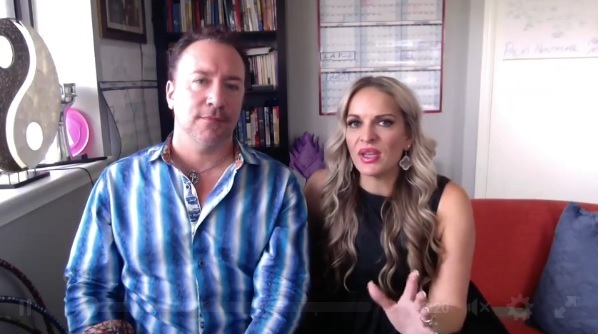Enabling is a highly dangerous behavior that often discourages addicts from seeking treatment. Yet many loved ones of addicts struggle with enabling because they do not understand the consequences of their actions.
In a recent video, Dug and Heidi McGuirk, who run the Revolutionary Family program for Palm Healthcare, addressed the crucial topic of enabling. Often loved ones are in denial of their enabling behaviors or are unaware of how damaging enabling is.
Two of the most common questions they receive from loved ones of addicts are:
- How do I know if I’m enabling?
- What exactly IS enabling?
Dug and Heidi explain there are two barometers to determine whether or not you are enabling. First, you must decide the motivation behind your actions. This will help you understand why you are doing what you are doing. Next, you must determine whether your actions are a product of wanting control over the situation.
“You can’t control anybody,” Dug McGuirk says. “You can only control yourself.”
Furthermore, if you are doing the following things, you are enabling:
- Manipulating an outcome
- Trying to “keep the peace”
- Attempting to change someone
- Trying to prevent a consequence
- Trying to rescue or bail out
You must commit to stopping your enabling behaviors because ultimately, enabling causes more harm than healing when it comes to helping your addicted loved one.
“The lie we tell ourselves is that if we don’t do what we are doing, our loved ones will die,” Heidi McGuirk says. “Of course, that’s the biggest lie of all. More people die from enabling behaviors than other stuff.”
In the discussion, Dug and Heidi explain the greatest roadblock enablers tackle is determining whether or not their actions comes from a place of love or a place of wanting control.
Most enablers believe their behaviors stem from a place of love. But this could not be further from the truth.
“Enabling is the most unloving thing you can do,” Heidi McGuirk reiterates.
“Without pissing anybody off here, enabling is selfishly motivated, and it’s not about the other person,” Dug McGuirk says.
Instead of love, enabling is more about:
- Safety
- Convenience
- Fear
So how does one stop enabling?
First, you must make the decision to stop, Dug McGuirk affirms.
Next, frame your decisions around two barometers. Before taking any action, acquire an awareness of your behaviors by reflecting on the following questions.
- Are you doing what you believe in?
- What is your motivation?
“You don’t have any control over how someone operates or who they are, but you have control over how you experience them,” Heidi McGuirk says.
After you are aware of your current behaviors, the next step is to make decisions based on what is best for you, not your loved one:
“Once you have that awareness, now you can start making a better decision so step two would be to figure out what you want for you, not for your loved one, [but] for you,” Dug McGuirk states. “What is it that you want to experience? […] Because if someone in your family is struggling with addiction, they’re always going to have that malady, so the question is how are you going to go through it?”
When it comes to helping a loved one struggling with addiction, set boundaries by asking:
- How do you want to participate in their addiction?
- What are you willing to be around for?
- What are you not willing to be around for?
- How are you going to experience their addiction?
If you want to read more download our free E-book “What is the Difference Between Helping and Hurting?”
In the next discussion, Dug and Heidi McGuirk delve deeper into the steps loved ones should take to create clear boundaries. Stay tuned for next week’s post where we will explore the topic of creating boundaries further. You can also download our checklist to determine whether you are helping or hurting a loved one with an addiction problem.
What questions do you want us to answer next?
If you are currently struggling with any part of the recovery process, please reach out to us for help. Our highly qualified specialists strive to make a recovery possible for everyone. If your or someone you love is struggling with substance abuse or addiction, please call toll-free.
